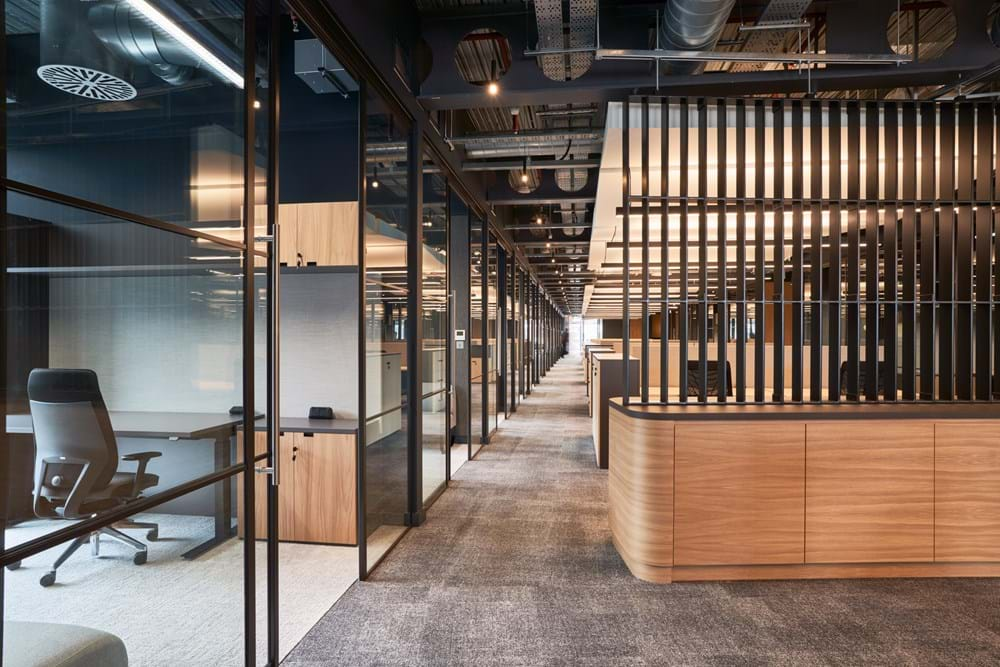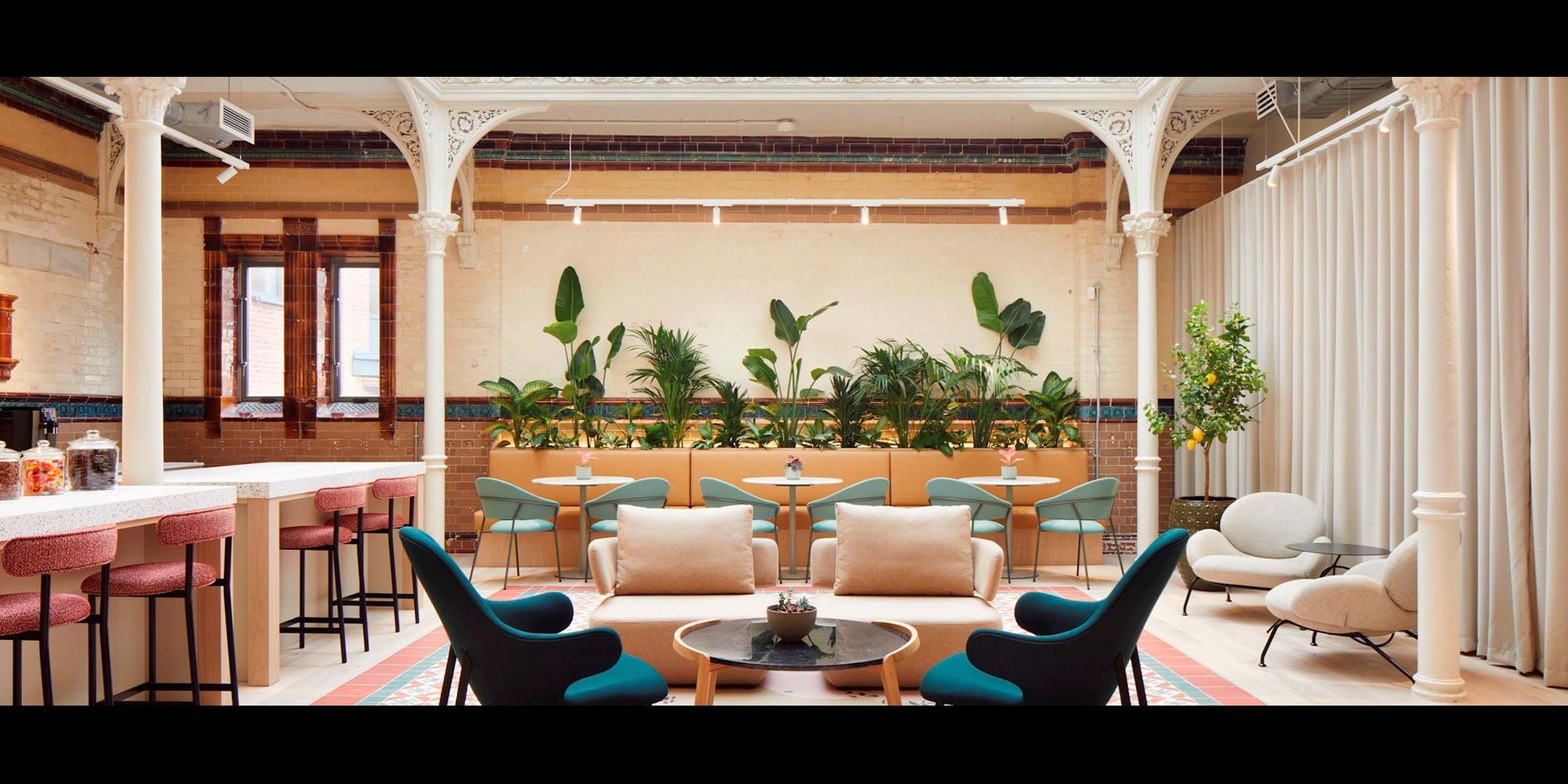Neurodiversity in the workplace
Neurodiversity refers to the different ways in which the brain can work and interpret information. This short article will explore the topic of neurodiversity within the workplace, specifically the ways in which workspace design can support those who process sensory information in different ways.
Variations in sensory processing can be tied to (all of which are relative, on a continuum):
- Sensory channel operation
- Highly sensitive functioning
- Being on the autism spectrum
- ADHD
- Dyslexia
- Personality
In more detail…

Sensory channel operation
An example of sensory channel operation would be hard of hearing, in this instance a designer must think about 'deaf space' and consider numerous sightlines, poor lighting for example can make it challenging for those who rely on lip reading as a form of communication. In more detail this could involve assessing the natural light levels, potentially using glass treatments or soft diffused lighting. Designers will also need to consider the flow of movement within a space. For example rounded corners are preferable over pointed as those who are deaf or hard of hearing may not be able to hear if someone is around the corner, a rounded wall would reduce the chance of collision. It is important to understand a range of sensations within the workspace - walking and signing for example, by incorporating automatic doors into a working environment the person signing does not need to stop their conversation in order to proceed.
Compromised vision is another example of a sensory channel that should be considered when designing for neurodiversity in the workspace. Providing other sources of sensory communication to convey a message. Providing a textural change underfoot prior to reaching a staircase for example. Colour blindness should also be considered, photoshop can help to translate an image to further understand how someone with colour blindness will respond to an environment, and as a result will help designers make conscious design decisions for all.
Highly sensitive functioning
Any of the senses can be impacted by highly sensitive functioning, however, examples include increases sensitivity to noise (too quiet or too loud) and light. The management of this within the workplace can be done through increased options which ultimately provide the employee with control over their workday / workspace. Examples include; shelter pods, acoustic and visual shielding. Anyone within a workspace is able to use these facilities which in turn eliminates the potential stigma of use.
Autism spectrum
Being on the autistic spectrum can impact both physical and social interactions from a complex variety of stimuli. There is no one size fits all when it comes to designing for autism, however the following factors can be used to manage the triggers.
Natural light - Too much natural light can cause issues with glare. Those on the autism spectrum are found to be particularly sensitive to glare. As a result, more diffused indirect lighting is recommended.
Visual complexity - Visual clutter can be distracting for those on the autism spectrum.
Acoustics - Preventing sound from one area from flowing into another area to reduce the susceptibility to distractions.
Floor plans - Those on the autism spectrum can struggle with wayfinding, keeping floor plans simple, can help create routine which is an important factor for those with autism.
ADHD
Typical attributes of those with ADHD include; quick responses, creativity, inattention, hyperactivity and impulsivity. Both too much going on and too little going on in ones surroundings can be distracting for those with ADHD.
Distractions include:
Temperature can be a distraction, too hot or too cold – someone with ADHD can get absorbed with working on how to fix the problem.
Organising assists, providing cabinets and drawers that people can’t see into removes the possible distraction of looking into the container.
Visual complexity - Providing lighting for what needs to be focused on – work lighting, task lamps. Studies show that cooler light tends to be easier to concentrate in. Those with ADHD also respond well to having access to green space.
Dyslexia
Dyslexia is known to affect processing and remembering information both seen and heard. A workspace can support dyslexia through wayfinding, ensuring signage is good can enable an assisting tool for organisation. There is also a stress connection with the physical environment and those with dyslexia, removing such stressors i.e. flickering lights, can significantly improve success in the workplace for those with dyslexia.
Personality
Extraversion – Introversion are the two most well-known personality descriptors. Extroverts get energy from world around them, introverts get a better push from things within their own head. Extroverts tend to perform better in an environment that’s got more going on whereas introverts perform better in a quieter space.
This article is based on a webinar hosted by Dr Sally Augustin, a practicing environmental design psychologist based in Chicago, for WORKTECH Academy. Workplace Futures Group is a Corporate Member of the Academy, which is a global online platform and membership organisation for the future of work and workplace design.
